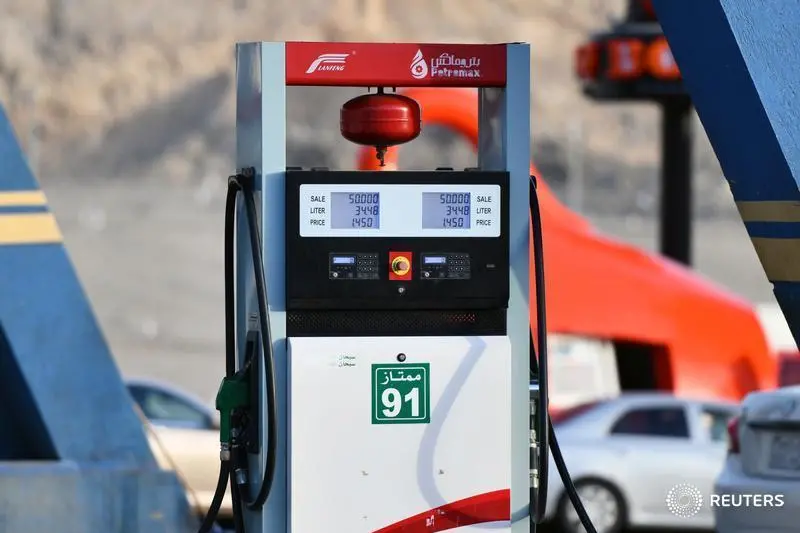PHOTO
MELBOURNE - Oil prices fell on Friday as a collapse in bond prices led to gains in the U.S. dollar and expectations grew that with oil prices back above pre-pandemic levels, more supply is likely to come back to the market.
U.S. West Texas Intermediate (WTI) crude futures dropped 36 cents, or 0.6%, to $63.17 a barrel at 0241 GMT, giving up all of Thursday's gains.
Brent crude futures for April fell 18 cents, or 0.3%, to $66.70 a barrel, following a 16 cent loss on Thursday. The April contract expires on Friday. The more active May contract fell 32 cents, or 0.5%, to $65.79.
"Bonds are selling off reasonably aggressively and the U.S. dollar has firmed this morning. That's providing a bit of a headwind for crude oil this morning," said Lachlan Shaw, National Australia Bank's head of commodity research.
A stronger greenback makes U.S.-dollar priced oil more expensive for those buying crude in other currencies.
Despite the drop in prices on Friday, both Brent and WTI are on track for gains of about 20% this month, as markets have grappled with supply disruptions in the United States, while optimism has built for demand to improve with vaccine rollouts.
Investors are betting that next week's meeting of the Organization of the Petroleum Exporting Countries (OPEC) and allies, together called OPEC+, will result in more supply coming back to the market, given the recent jump in prices and expectations that demand will improve as pandemic lockdowns ease heading into the northern hemisphere summer.
"The stakes at play this time around are particularly large (for OPEC+) insofar as oil prices have more than recovered to pre-pandemic levels, global inventories are continuing to trend down, and vaccine rollouts are accelerating," Shaw said.
"The market's probably right to think at this price level and given what the fundamentals are doing, there'll be more supply coming into the market over time."
U.S. crude prices also face headwinds from the loss of refinery demand after several Gulf Coast facilities were shuttered during the winter storm last week.
There is about 4 million barrels per day of capacity still shut and it may take until March 5 for all of the shut capacity to resume though there is risk of delays, analysts at J.P. Morgan said in a note this week.
"The greater concern to U.S. crude oil market participants should be the recovery of refinery demand," the analysts said.
"As refiners assessed the damage to their facilities, it became clear that the road to recovery would be weeks rather than days."
(Reporting by Sonali Paul; Editing by Christian Schmollinger) ((Sonali.Paul@thomsonreuters.com; +61 407 119 523))












